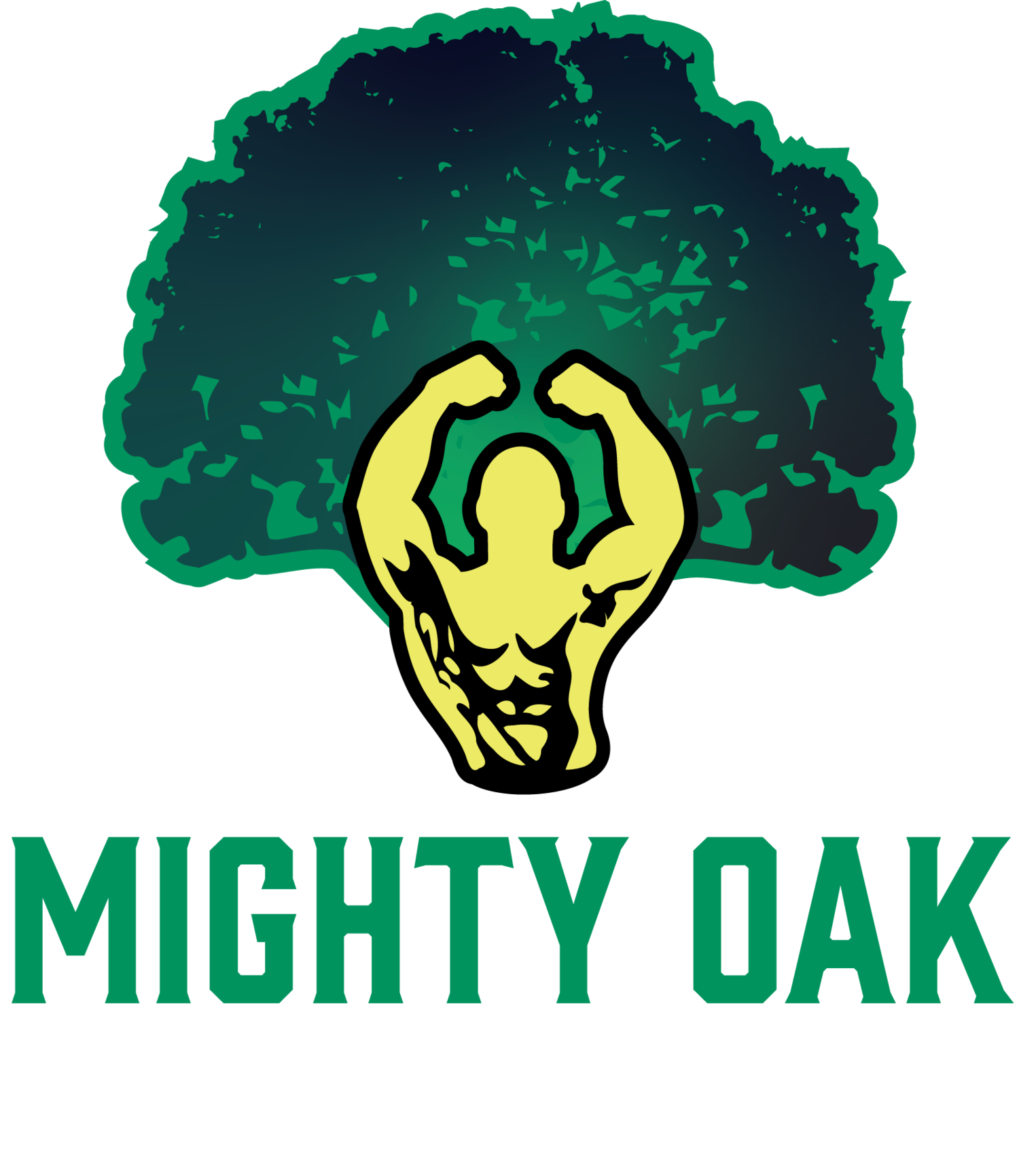The Ultimate Guide to Developing Safe and Effective Weight Training Programs for the Visually Impaired
How to Empower Individuals with Visual Impairments Through Weight Training
Mighty Oak Athletic recognizes the transformative power of physical activity, especially weight training, for individuals with visual impairments. This essay draws inspiration from Helen Keller's perspective on the challenge of blindness, emphasizing not the condition itself, but the risk of succumbing to idleness. In the United States, over half a million people are legally blind, yet the primary barrier to their engagement in physical activity is not a lack of ability but rather a lack of opportunity. Weight training emerges as a particularly accessible form of physical activity for those with visual impairments, offering both the chance to enhance physical fitness and the option to compete in specialized and able-bodied competitions alike.
Developing effective weight-training programs for individuals with visual impairments involves addressing several critical considerations to ensure both safety and effectiveness. Athletic trainers and program developers must first understand the individual's vision history, residual vision capabilities, and the cause of their vision loss. This information is vital for designing programs that accommodate each athlete's unique needs and for navigating the weight room—a potentially challenging environment due to hazards such as protruding weight bars and misplaced dumbbells.
The risk of further vision loss, particularly in conditions like glaucoma, where physical strain could exacerbate intra-ocular pressure, necessitates a cautious approach. While research continues to clarify the relationship between weight training and intra-ocular pressure, erring on the side of safety remains paramount.
Despite these challenges, weight training offers immense benefits for individuals with visual impairments, including improved muscle strength, endurance, posture, mobility, and overall fitness. It supports better spatial awareness and body understanding, which are crucial for moving safely and independently. Selected exercises for weight training focus on developing not only strength but also coordination, stability, agility, and kinesthetic sense, always under supervision to ensure correct technique and safety.
Lower-body exercises like step-ups and deadlifts emphasize the development of the quadriceps, hamstrings, gluteals, and improve posture and balance—critical for individuals whose dynamic balance may be compromised. Upper-body exercises such as bench presses target the pectorals, deltoids, and triceps, enhancing overall strength and control, with specific adaptations to ensure safety and effectiveness for those with visual impairments.
Mighty Oak Athletic is committed to making strength training accessible and beneficial for everyone, including individuals with visual impairments. By carefully designing and implementing weight-training programs that consider the unique needs and safety of these athletes, we aim to break down barriers to physical activity and promote a healthier, more active lifestyle for all. Through such initiatives, we honor the spirit of overcoming idleness and celebrate the potential within each individual to achieve their physical best, regardless of visual capabilities.
At-Home Strength Training Program for Individuals with Visual Impairments
Mighty Oak Athletic is dedicated to ensuring everyone has the opportunity to benefit from physical activity. Inspired by the idea that the primary challenge is not blindness but the risk of idleness, we've designed an at-home bodyweight strength training program suitable for individuals with visual impairments. This program focuses on safety, effectiveness, and the unique needs of visually impaired athletes, promoting muscle strength, endurance, posture, mobility, and overall fitness.
Warm-Up (5-10 minutes)
- March in place: Focus on raising your knees and warming up your body.
- Arm circles: Extend your arms and make small to large circles to warm up your shoulders.
- Side bends: Stand with your feet shoulder-width apart and gently lean your body side to side to stretch your torso.
Bodyweight Workout
1. Squats (3 sets of 10-15 reps)
- Stand with your feet shoulder-width apart, extend your arms in front for balance, and lower yourself as if sitting back into a chair. Keep your knees behind your toes and push back up to the starting position.
2. Modified Push-Ups (3 sets of 8-12 reps)
- Start in a kneeling position with hands slightly wider than shoulder-width apart. Lower your chest towards the floor, then push back up to the starting position. Keep your body straight and core engaged.
3. Lunges (3 sets of 10 reps per leg)
- Step forward with one leg, lowering your hips until both knees are bent at about a 90-degree angle. Ensure your front knee is directly above your ankle, and your other knee doesn't touch the floor. Push back to the starting position and switch legs.
4. Plank (3 sets, hold for 20-30 seconds)
- Begin in a push-up position but with your elbows on the ground and your body straight from head to heels. Hold this position, engaging your core muscles.
5. Glute Bridge (3 sets of 12 reps)
- Lie on your back with your knees bent and feet flat on the floor. Lift your hips towards the ceiling, squeezing your glutes at the top, then slowly lower back down.
6. Seated Leg Raises (3 sets of 10 reps per leg)
- Sit on a chair with your back straight. Extend one leg at a time, raising it as high as possible. Lower it back down and switch legs.
Cool Down and Stretch (5-10 minutes)
- Arm stretches: Bring one arm across your body and use the other hand to press it towards your chest. Switch arms.
- Leg stretches: While seated, extend one leg and lean forward, reaching towards your toes. Switch legs.
- Neck and shoulder rolls: Gently roll your shoulders and neck to release tension.
Safety Tips
- Ensure your workout area is clear of obstacles.
- Use tactile or audio cues for guidance if needed.
- Focus on form and technique rather than speed.
- Hydrate before, during, and after your workout.
This at-home training program from Mighty Oak Athletic aims to provide a safe, effective way for individuals with visual impairments to stay active, improve fitness, and overcome the barriers to physical activity.
